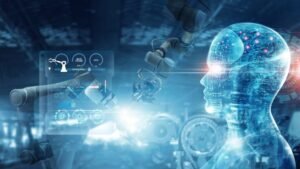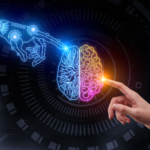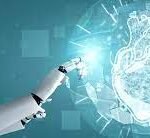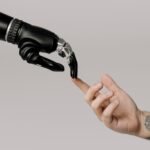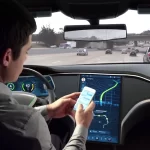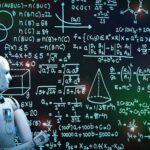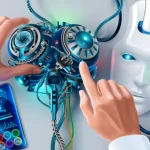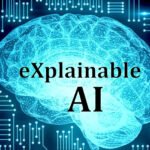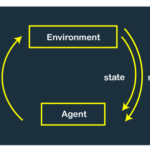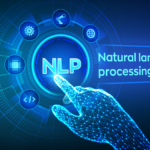What’s going on with Google Assistant?
Once upon a time, Google was deeply committed to promoting and improving Google Assistant. It was a central focus at events like the annual Consumer Electronics Show (CES), where Google made sure Assistant was omnipresent both in virtual and physical displays. Assistant quickly became the nucleus around which Google’s other services revolved, marking the beginning of what some called the “post-OS era.”
However, in recent months, something has shifted. Reports indicate that Google’s attention and investment in Assistant seem to have waned. This decline seems to have started in early 2021 when Google announced its focus on developing a new natural language search interface called Bard. Since then, Assistant’s pace of releases has slowed, and instead of adding new features, Google has been removing them. The company also reportedly decided to invest less in developing Assistant for non-Google products.
Even exclusive Assistant features for Google’s own devices have started to fade, with promised rollouts never materializing. Users have also experienced frustrating issues with Assistant’s performance, with commands often failing to be understood or executed correctly. These problems have been reported across various platforms, including Android Auto.
This decline has led to speculation that Assistant’s days might be numbered, especially with the emphasis on developing Bard. However, when reached out for clarification, Google provided a vague statement about its commitment to building a high-quality Assistant without addressing the specific issues raised.
Shortly after these inquiries, an internal email from Google surfaced, indicating upcoming changes to Assistant’s strategy. The leaked email revealed plans to reorganize Assistant teams and revamp the service to adopt a more Bard-like chatbot-style system.
In conclusion, it seems that Google is indeed shifting its Assistant strategy, but the lack of public communication and ongoing issues with the current version of Assistant have left users and observers concerned about its future.



